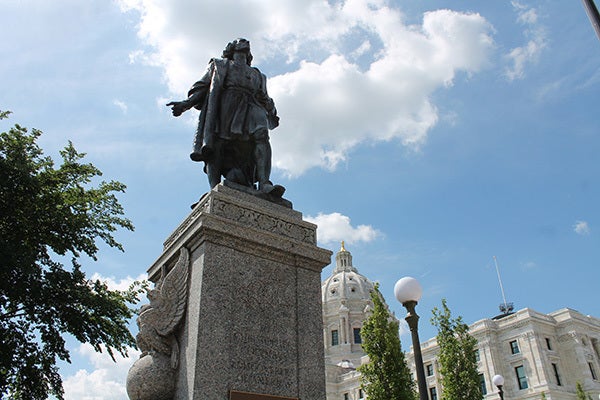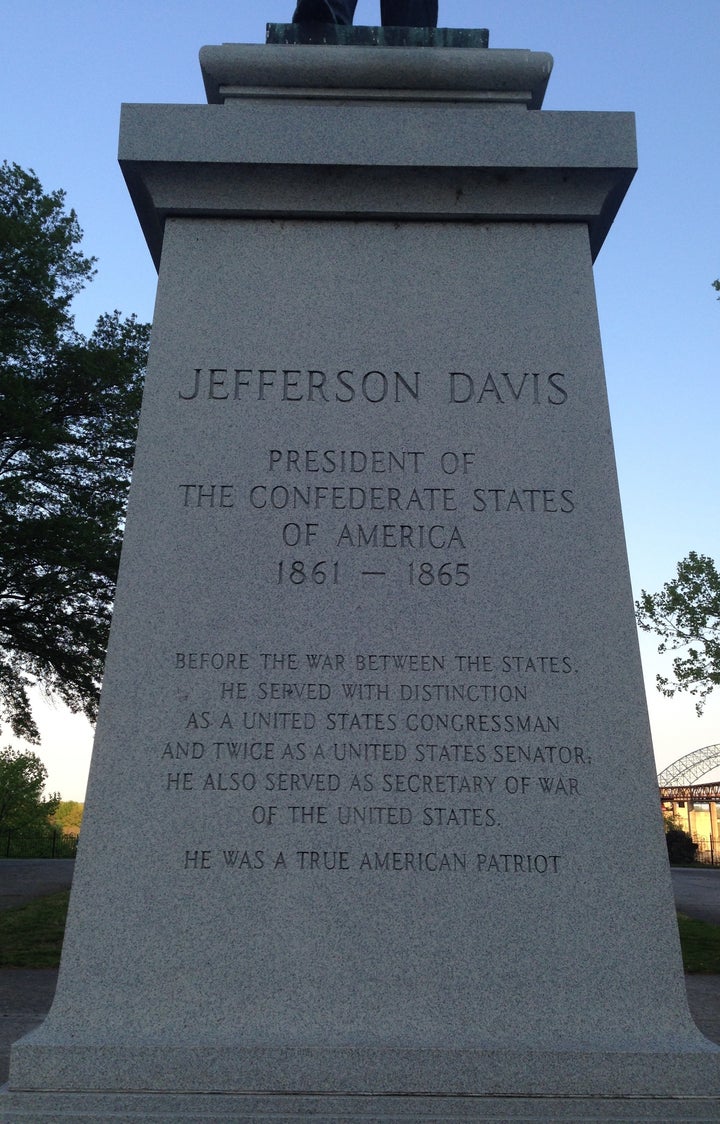
Almost all statues are a form of propaganda—an over-simplified, romantic version of the past. Rather than being built to scale, they are typically larger than life, in order to convince us that the subject was the same. Which wasn’t true, of course, as evidenced by the subject’s death and subsequent memorial.
Then there is the pose, often a look of vanquishing conquest, sprinkled with sternness, resolve, vision—never mortal fear, self-doubt, inner conflict. And if the subject happens to be riding a horse, the beast either looks calmly grateful to be mounted by such a mythical figure, or alternatively, is rearing up in primal fear as a hail of invisible bullets or bureaucratic red tape whistles through the air.
Statues are a public version of a corporate logo, a highly concocted image meant to be far more than the sum of its parts. Logos sell stuff. Statues are selling some version of history. And while we must study and understand the past to prepare for the future, the history lessons of statues generally promote superficial thinking in an increasingly complex world.
But we don’t need even more shallow thinking from headline professors or tagline intelligentsia. Standing dumbstruck for a few moments in front of the MLK statue in Washington D.C. doesn’t do much to advance civilization if it can’t push viewers to seek a deeper understanding of the man and the times. Going to Disney’s Epcot doesn’t mean you’ve been to France.
At a riverfront park in downtown Memphis there stands a statue of Jefferson Davis, and the plaque beneath it ends with the descriptive, “He was a true American patriot.” Hmm…. It does not inform viewers that they are within walking distance of the Lorraine Motel, where Martin Luther King Jr. was murdered, or even a shorter walk to Beale Street, where the music of the blues—birthed in the suffering of African American slaves—has become Memphis’ modern day logo and tourist attraction.
Here in Minnesota, a statue of Christopher Columbus on the state capitol grounds reminds us that Mr. Columbus initiated “the merging of the cultures of the Old and the New Worlds.” Hmm…. As when the Old World smallpox virus merged with New World indigenous people and killed them by the hundreds of thousands.
A more comprehensive and accurate view of the historical evidence shows the “settling” of the Americas to have been more of a hostile takeover than a merger. But that’s a little too much detail for a statue. Let’s keep it light and reverent and woefully simplistic.

